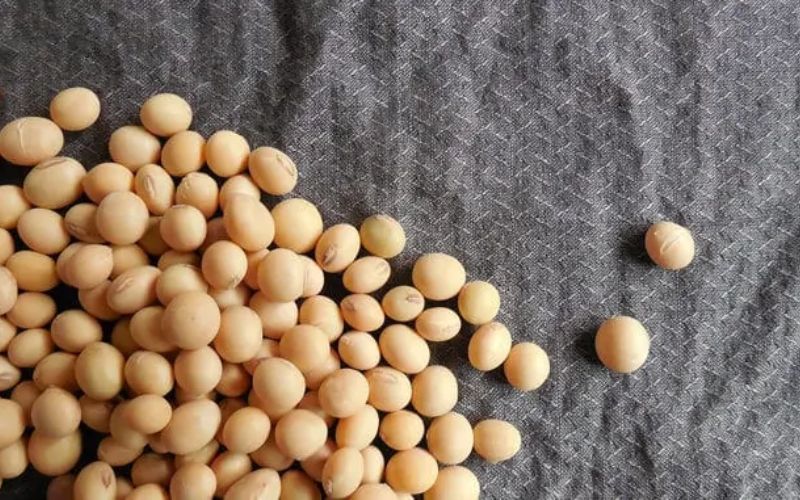There seems to be no limit to creativity in the textile and clothing industries. A unique movement, the development of vegan silk, has been gaining ground in recent years. Both fashionistas and eco-conscious shoppers have taken notice of this remarkable cloth. In this piece, we’ll go on an adventure to discover the magic of vegan silk, uncovering its history, advantages, and substantial effect on the natural world. The history of this intriguing fabric revolution is about to be revealed, and you can expect to be astounded.
The Origin of Vegan Silk: A Silk Revolution
An Investigation into Ahimsa Silk
The production of conventional silk, a popular and luxurious fabric, has traditionally relied on silkworms. However, animal rights activists are concerned since the method includes boiling silkworm pupae while they are still living. In response to this moral conundrum, the vegan silk industry emerged, producing products with names like “ahimsa silk” and “peace silk.” The name “ahimsa,” which comes from the Sanskrit word for “nonviolence,” describes this fabric perfectly. Producing it doesn’t involve killing silkworms; rather, the cocoons are collected after the worms have finished their life cycle.
Vegan Silk’s Advantages: A Responsible Option
Eco-Friendly Production
Vegan silk isn’t simply a more humane option; it’s also better for the planet. The use of water, insecticides, and other chemicals is typically rather high in conventional silk production. Sustainable methods are used in the manufacture of vegan silk. Vegan silk alternatives are plentiful, and fabrics like Tencel (produced from wood pulp) and Piatex (made from pineapple fibers) demonstrate their versatility and environmental friendliness.
Hypoallergenic and Luxurious
The superior quality of vegan silk is not merely a matter of principle or ecology. This fabric has a smooth touch and a subtle sheen, just like classic silk, yet it is made without harming any animals. In addition, its hypoallergenic nature makes it a great pick for people with hypersensitive skin. Vegan silk adds a sense of class and comfort to garments and bedding alike.
Positive Footprint on the Environment
Reduced Carbon Footprint
Vegan silk’s lower carbon footprint is one of its most notable qualities. Energy is required in traditional silk production for tasks like growing mulberries and extracting the silk at high temperatures. Vegan silk production processes, on the other hand, are typically less resource intensive and produce fewer greenhouse gases. Consumers may help make the fashion business more eco-friendly and sustainable by choosing vegan silk.
Conservation of Endangered Species
Deforestation and the loss of natural habitat have occurred in some areas because of the traditional silk industry’s excessive use of mulberry leaves. Vegetable silk, made from a number of plants, can help reduce this environmental stress. The variety of possibilities, from cactus silk to soy silk, demonstrates why it is crucial to protect biodiversity as we pursue aesthetic perfection.
Final Thoughts
Compassion and chic are no longer opposites in the world of fashion. Vegan silk is a triumph of human ingenuity since it provides a luxurious, cruelty-free alternative to traditional silk. The influence of this amazing fabric extends far beyond the fibers used to weave it, and it continues to enchant designers, customers, and environmentalists. So, whether you’re on a mission to make a difference or you just want to live large in the lap of luxury, vegan silk is an amazing path to choose.
Let us, in a world where our actions have consequences that will be written about for generations to come, take the road less traveled, one that is paved with compassion, creativity, and the timeless elegance of vegan silk.

